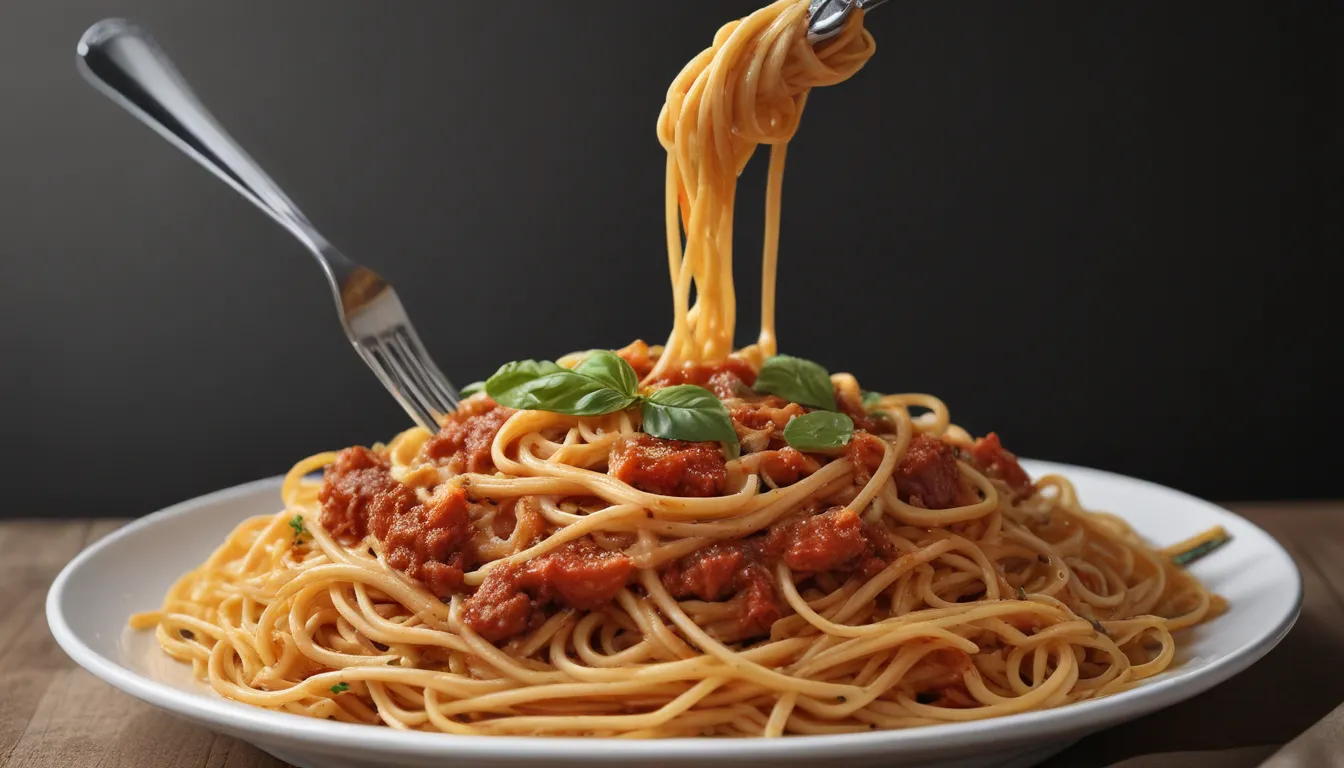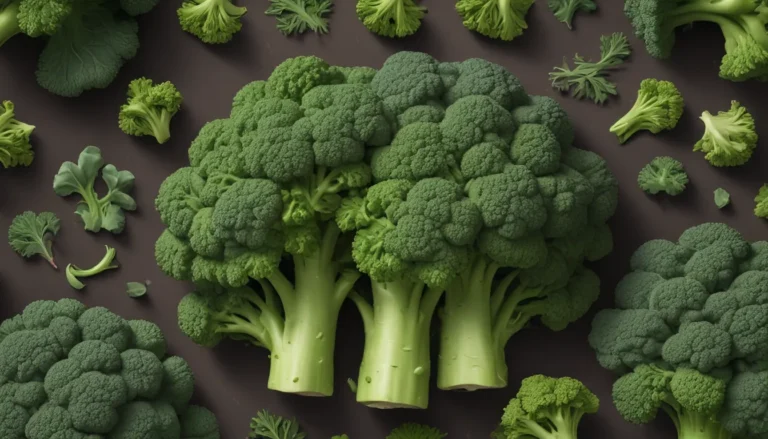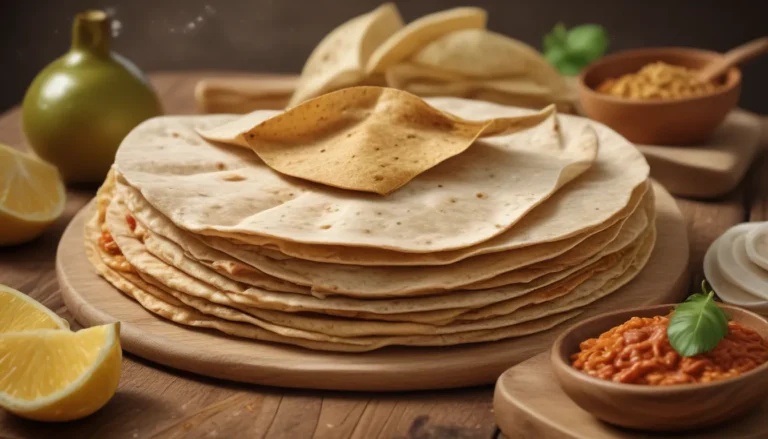The pictures in our articles might not always show exactly what the text is talking about. We use these images to make the article more interesting and eye-catching. They are there to add to the text, but not to replace it or show every detail.
Introduction
Spaghetti, with its long and slender noodles coated in delicious sauce, has captured the hearts and taste buds of people all around the world. When we think of pasta, spaghetti is often the first thing that comes to mind. Originating from the rich culinary traditions of Italy, spaghetti has a fascinating history and a unique cultural significance. In this comprehensive guide, we will delve into the world of spaghetti and unveil 30 interesting facts about this beloved dish.
The History of Spaghetti
Spaghetti has a long and storied history that dates back to ancient times. While the exact origins of spaghetti are shrouded in mystery, historical records provide us with valuable insights into its evolution. Here are some key facts about the history of spaghetti:
- Ancient Beginnings: Evidence suggests that the ancient Greeks may have had dishes similar to pasta.
- Historical Mentions: The Talmud makes the first historical mentions of pasta in the 5th century A.D.
- Arrival in Europe: The Arabs introduced pasta to Europe during the Muslim Conquest of Sicily in the 9th and 10th centuries.
- Development of Noodles: Sicilians developed the first recognizable spaghetti noodles in the 12th century.
- Popularity Surge: Spaghetti became a staple food aboard exploration ships from the 15th to 17th centuries.
- Mass Production: The mass production of spaghetti noodles in the 19th century propelled its popularity to new heights.
- Global Spread: Italian immigrants brought spaghetti to the USA at the beginning of the 20th century.
Fun Facts About Spaghetti
Spaghetti is not just a delicious dish; it is also a fascinating subject filled with interesting trivia. Let's uncover some fun facts about spaghetti that will surprise and delight you:
- Noodle Length: Spaghetti noodles typically range between 25 to 30 cm in length.
- Italy's Love for Spaghetti: Italians consume an average of 28 kg of spaghetti per year.
- Spaghetti Production: Italy produces an estimated 1.43 million tons of spaghetti annually.
- Historical Hoaxes: A Canadian company claimed Marco Polo brought spaghetti from China in the 13th century.
- Record-Breaking Dish: A California restaurant holds the world record for the largest spaghetti bowl, weighing 6,251 kg.
The Nutritional Value of Spaghetti
Spaghetti is not just a delicious indulgence; it also offers a range of essential nutrients that are beneficial for your health. Here are some key nutritional facts about spaghetti:
- Ingredient Origin: The name "spaghetti" is derived from the Italian word "spago," meaning "thin string."
- Special Flour: Spaghetti noodles are made from durum wheat flour, which differs from common wheat.
- Variants: Thicker spaghetti noodles are known as "spaghettoni," while thinner ones are called "capellini."
- Nutrient Profile: Spaghetti contains B vitamins, carbohydrates, fiber, iron, potassium, and protein.
- Cultural Connection: The term "Spaghetti Western" originated from Italian-produced Western films.
As you embark on your culinary adventures with spaghetti, remember to savor not just the flavors but also the rich history and cultural heritage that this iconic dish embodies. Whether you're twirling your fork around a plate of classic spaghetti and meatballs or experimenting with innovative spaghetti creations, let the spirit of Italy's beloved pasta dish inspire you. Dive into the world of spaghetti and discover the endless possibilities that await you.






